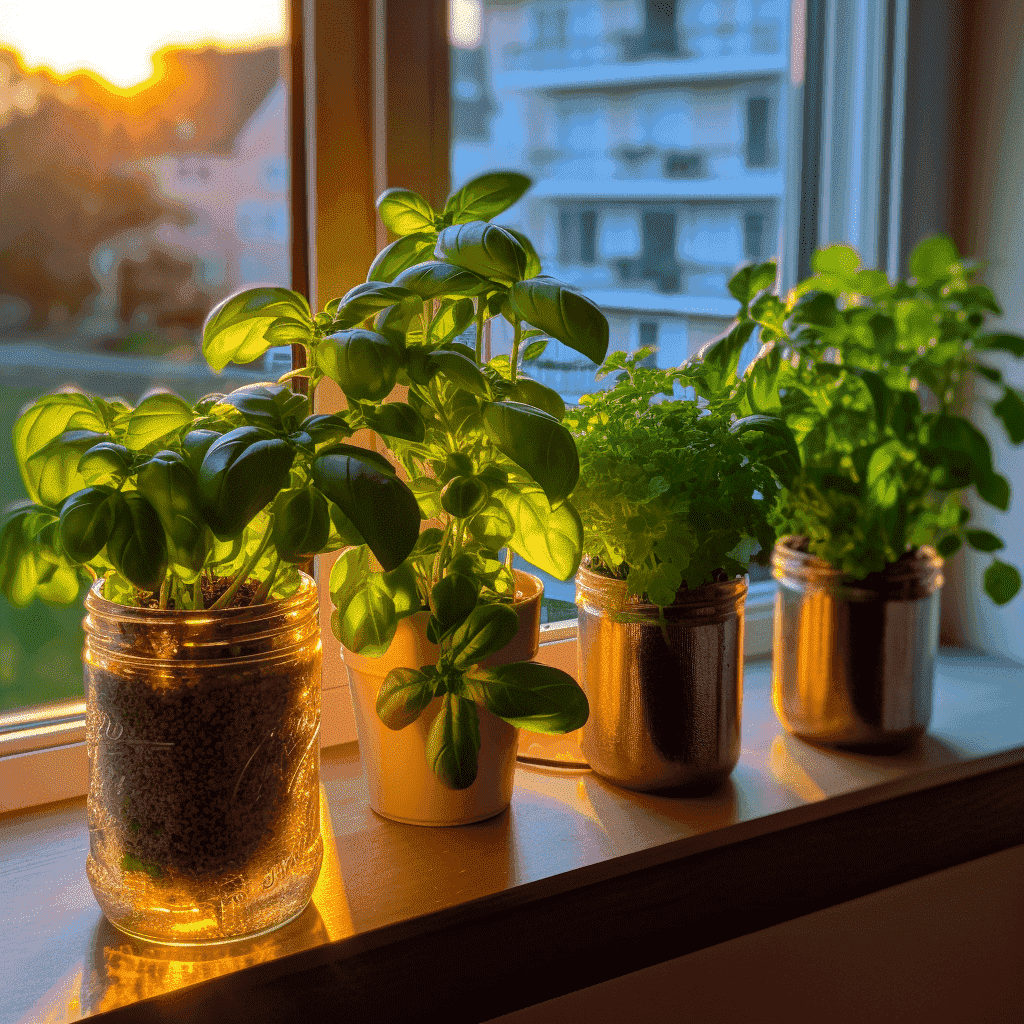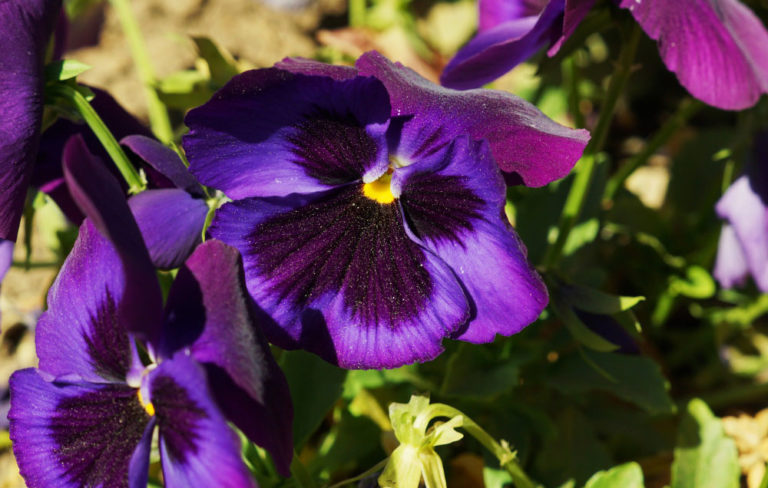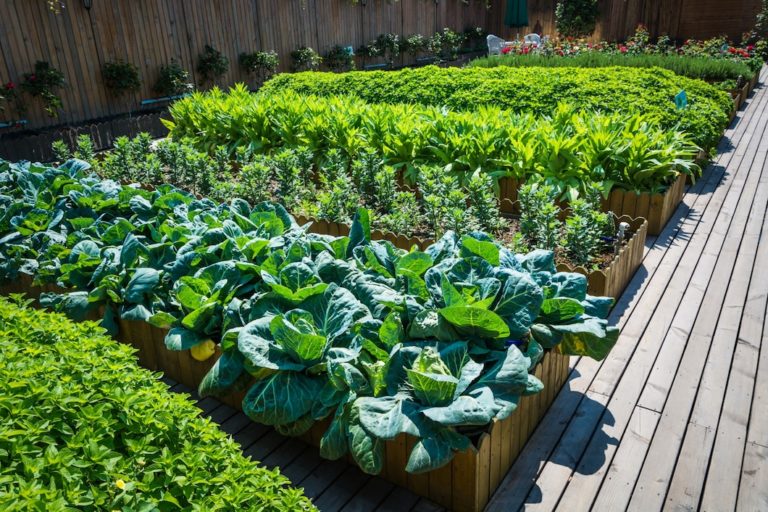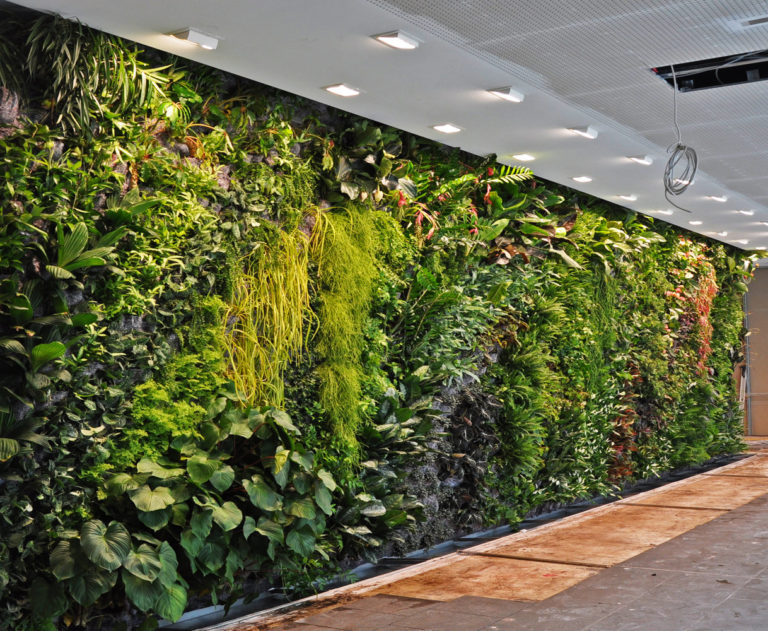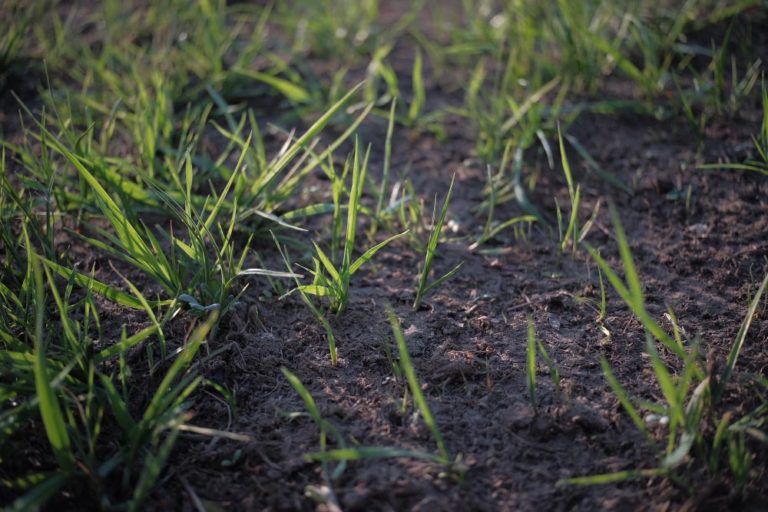How to Grow Herbs Indoors Without Sunlight
Growing herbs indoors without sunlight might seem like an impossible task, but it’s actually easier than you think! In this article, we’ll guide you through the process of creating a flourishing indoor herb garden without relying on natural sunlight. Let’s dive right in!
Importance of Sunlight for Plants
Sunlight is essential for plants to grow, as it provides energy through the process of photosynthesis. Without sufficient light, plants become weak and may even die. But what if you live in a home with limited sunlight, or you want to grow herbs in a room without windows? That’s where artificial light sources come in handy.
Alternatives to Sunlight
There are several options for growing plants indoors without sunlight, including fluorescent lights and LED grow lights. These artificial light sources can provide the necessary energy for photosynthesis, allowing you to grow a thriving indoor herb garden.
Steps to Grow Herbs Indoors Without Sunlight
Choosing the Right Herbs
Not all herbs can grow well indoors, so it’s essential to select ones that thrive in a controlled environment. Some popular herbs that can grow well indoors include basil, chives, cilantro, mint, oregano, parsley, rosemary, and thyme.
Preparing the Growing Environment
Selecting a Suitable Container
Choose a container with drainage holes to prevent waterlogging, which can lead to root rot. A wide, shallow container is ideal, as it provides ample space for the herbs’ roots to spread out.
Soil and Drainage
A well-draining soil mix is crucial for growing herbs indoors. Use a high-quality potting mix that contains perlite, vermiculite, or sand to improve drainage. You can also add a layer of pebbles or gravel at the bottom of the container to promote better drainage.
Using Artificial Light Sources
Fluorescent Lights
Fluorescent lights are an affordable and energy-efficient option for growing herbs indoors without sunlight. Choose a full-spectrum fluorescent bulb to mimic natural sunlight and ensure that your herbs receive the right spectrum of light for optimal growth.
LED Grow Lights
LED grow lights are another excellent choice for growing herbs indoors without sunlight. They provide a full spectrum of light, are energy-efficient, and have a longer lifespan than fluorescent bulbs. Though slightly more expensive initially, they can save you money in the long run due to their lower energy consumption and longer lifespan.
Watering and Fertilizing
Watering your indoor herb garden properly is crucial for their growth. Over-watering can lead to root rot, while under-watering can cause the plants to dry out. Water your herbs when the top inch of soil feels dry, ensuring that the excess water drains from the container.
Fertilize your herbs with a balanced, water-soluble fertilizer every 4-6 weeks. It’s essential not to over-fertilize, as this can harm the plants and negatively affect their flavor.
Pruning and Harvesting
Regularly prune your herbs to encourage bushy growth and prevent them from becoming leggy. Always use clean, sharp scissors or pruning shears to trim your plants.
Harvest your herbs as needed, but avoid taking more than one-third of the plant at a time. This will allow your herbs to continue growing and producing new leaves.
Tips for a Successful Indoor Herb Garden Without Sunlight
- Monitor the temperature in the growing environment. Most herbs thrive in temperatures between 65-75°F (18-24°C).
- Ensure proper air circulation around your plants to prevent fungal diseases and promote healthy growth.
- Keep a consistent light schedule for your herbs, providing them with 12-16 hours of artificial light per day.
- Rotate your plants every week to ensure even light exposure.
- Be patient! Some herbs may take longer to grow indoors, but with proper care, they’ll thrive in their artificial environment.
Conclusion
Growing herbs indoors without sunlight is entirely possible with the right tools and techniques. By selecting the appropriate herbs, creating a suitable growing environment, and using artificial light sources, you can enjoy fresh herbs year-round. Just follow the steps and tips in this guide, and you’ll be well on your way to a bountiful indoor herb garden.
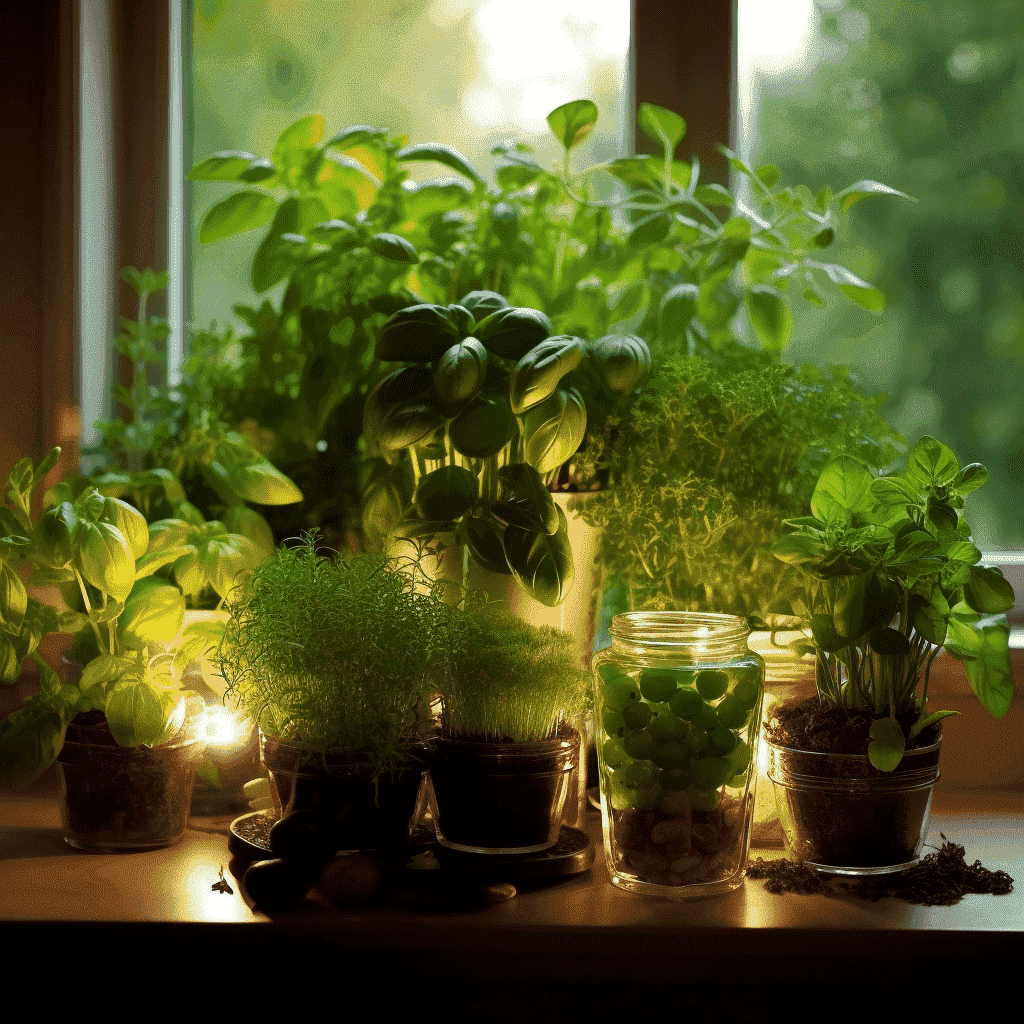
Frequently Asked Questions
1. How long should I keep the artificial lights on my indoor herbs each day?
Aim for 12-16 hours of light per day to ensure your herbs receive enough energy for healthy growth.
2. Can I grow herbs indoors during the winter months?
Yes, you can grow herbs indoors during the winter, as long as you provide them with adequate artificial light and maintain proper growing conditions.
3. Do I need a specific type of artificial light for growing herbs indoors?
Both fluorescent lights and LED grow lights work well for growing herbs indoors. Choose full-spectrum bulbs to mimic natural sunlight.
4. How often should I water my indoor herbs?
Water your indoor herbs when the top inch of the soil feels dry. Avoid over-watering, as this can lead to root rot.
5. When should I harvest my indoor-grown herbs?
You can harvest your herbs as needed, but avoid taking more than one-third of the plant at a time to allow for continuous growth.

